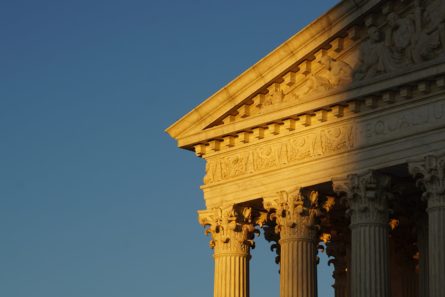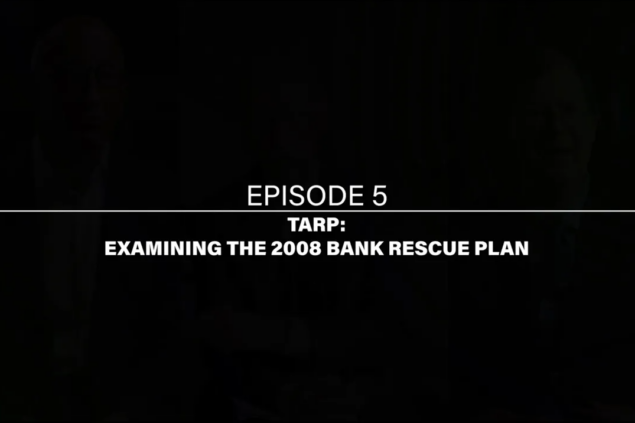Go Ahead, You Do It For Us
Wayne A. Abernathy

Rule of Law or Rule of Experts? Almost exactly 9 years ago, I spoke to this question, posed by the erosion of the Constitution’s separation of powers. At a legal symposium in Philadelphia, I raised the problem of concentration of say-so in federal financial regulators:
The unelected federal regulator today decides the details of the mandatory regulations, identifies violators of those regulations, assesses guilt, and applies penalties.
Legislative, executive, and judicial power are placed in one set of hands—or even one hand if you consider agencies led by only one official, as some are. It all may seem efficient, but the reality devolves into abuse.
The issue has not gone away. Since my comments of nearly a decade ago we have seen the Bureau of Consumer Financial Protection, about which I raised the red flag, frequently abuse its authority. Its first Director was fond of making new law via enforcement action. The practice became so wanton that the Bureau’s targets sought judicial relief and, to the surprise of some, obtained it. Most prominent of the cases was Seila Law LLC v. Consumer Financial Protection Bureau. Not only did Seila Law win, but the Supreme Court struck down the provision of the Dodd-Frank Act that immunized the Director of the Bureau against presidential accountability, instead allowing the President to remove the Director at will.
Adding accountability did not end the concentration of agency authority—it only cut away some insulation from agency answerability. Still, Seila drew increased attention to the problem, particularly to the century old congressional habit of passing vague laws and letting agencies work out the niceties. In practice, it is easier for Congress to pass laws if lawmakers can avoid the details. If you think that Acts of Congress have become lengthy, consider the regulations. The ratio of pages of regulation to each page of financial statute is ten to one.
The Constitution, however, requires that Congress sweat the details. Its very first words, following the Preamble, are, “All legislative Powers herein granted shall be vested in a Congress of the United States” (Article I, Section 1).
The American Enterprise Institute is publishing a very useful book, edited by Peter Wallison and John Yoo, The Administrative State and the Supreme Court: Perspectives on the Nondelegation Doctrine. Focused on how the Supreme Court might restore the ban on Congress delegating its legislative power, the book presents a range of views from a dozen constitutional scholars.
The Court would be the branch to decide how to restore the nondelegation doctrine, perhaps before the 250th anniversary of the nation, perhaps even with a case this year (there are nondelegation issues in West Virginia v. Environmental Protection Agency). After all, it was the Court, in two 1937 cases, that retreated from upholding the nondelegation doctrine, startled by Roosevelt’s proposal to add seven new justices to the Court and convert it into a 16-member Supreme Legislature.
Peter Wallison warns, however, that even were the Court to restore responsibility to Congress by strengthening the nondelegation doctrine, the Court would still have to address its own give away under the 1984 Chevron decision. In that case, the Court offered government regulators significant protection from judicial check, ceding the benefit of the doubt to agencies when interpreting congressional statutes.
John Yoo takes up a practical consideration, given the shyness of the Court to dive into controversial waters. He presents a thought provoking discussion of the difference between a judicial rule and a judicial standard. Yoo considers rules to be “clear and easy to apply.” Standards, on the other hand, provide flexibility in application but are subject to vagaries of discretion. Drawing upon the example of the development of common law, Yoo ponders whether enough cases following a standard sympathetic to nondelegation might result eventually in establishing a rule, hence offering a less controversial path for the Court.
In short, their book is a worthy resource for what could be a very important year for the Supreme Court—and for the rule of law.

Author
Former Assistant Secretary for Financial Institutions
U.S. Department of the Treasury
Topic
Sponsor
Federalist Society’s Financial Services & E-Commerce Practice Group
The Federalist Society and Regulatory Transparency Project take no position on particular legal or public policy matters. All expressions of opinion are those of the author(s). To join the debate, please email us at [email protected].



